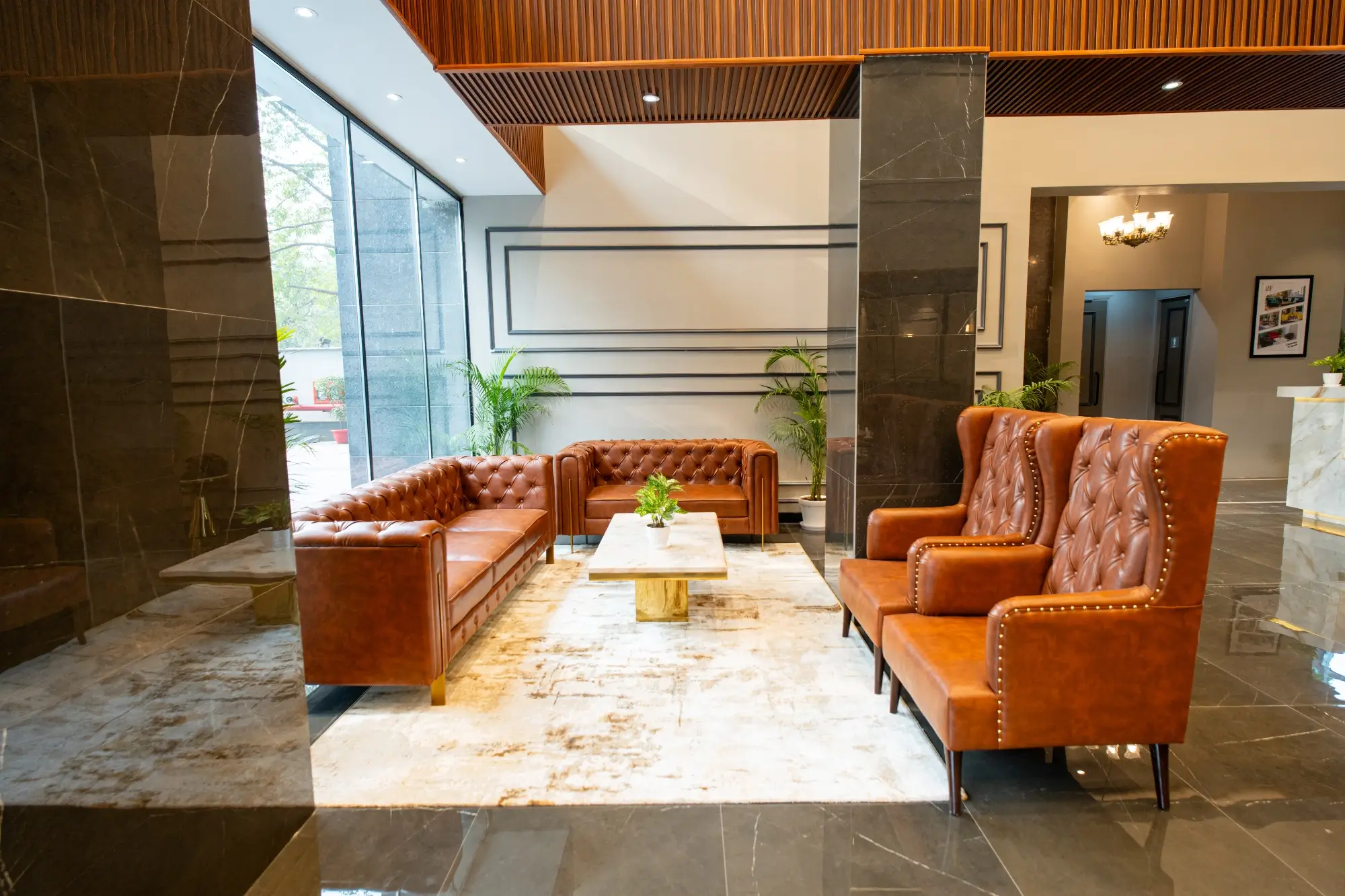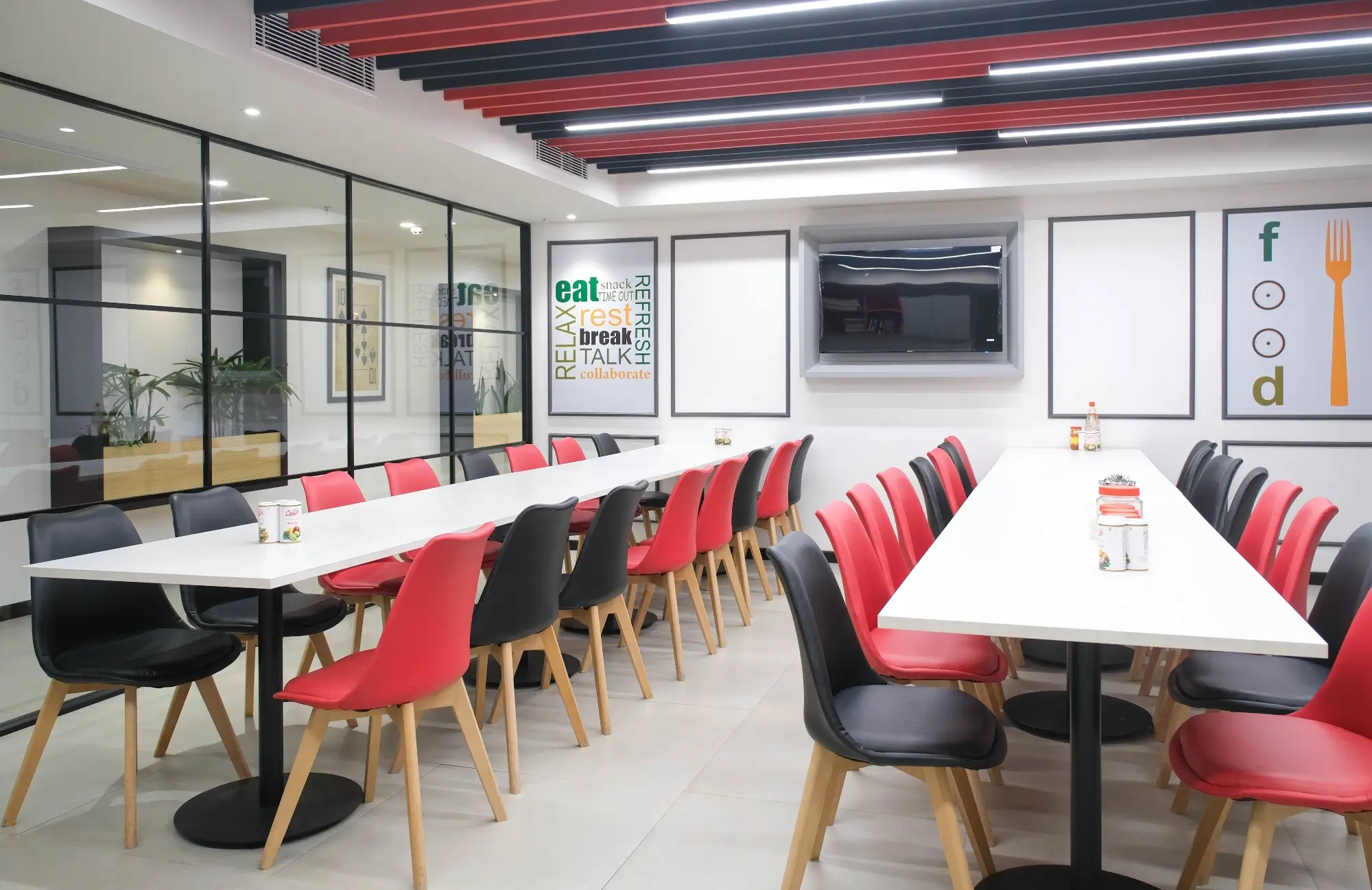Introduction to Collaborative Workspaces
Ever walk into a workplace that just feels like people get things done together? That’s not an accident. Today’s work environments are all about collaboration, and how you design your space plays a huge role in making that happen.
Why Collaboration is the Heart of Modern Work
Gone are the days when everyone was boxed into cubicles. Now, it’s about connection, communication, and co-creation. A collaborative workplace boosts morale, productivity, and creativity. It helps people bounce ideas around and solve problems faster. According to a Harvard Business Review study, employees thrive in environments that prioritize collaboration and shared spaces.
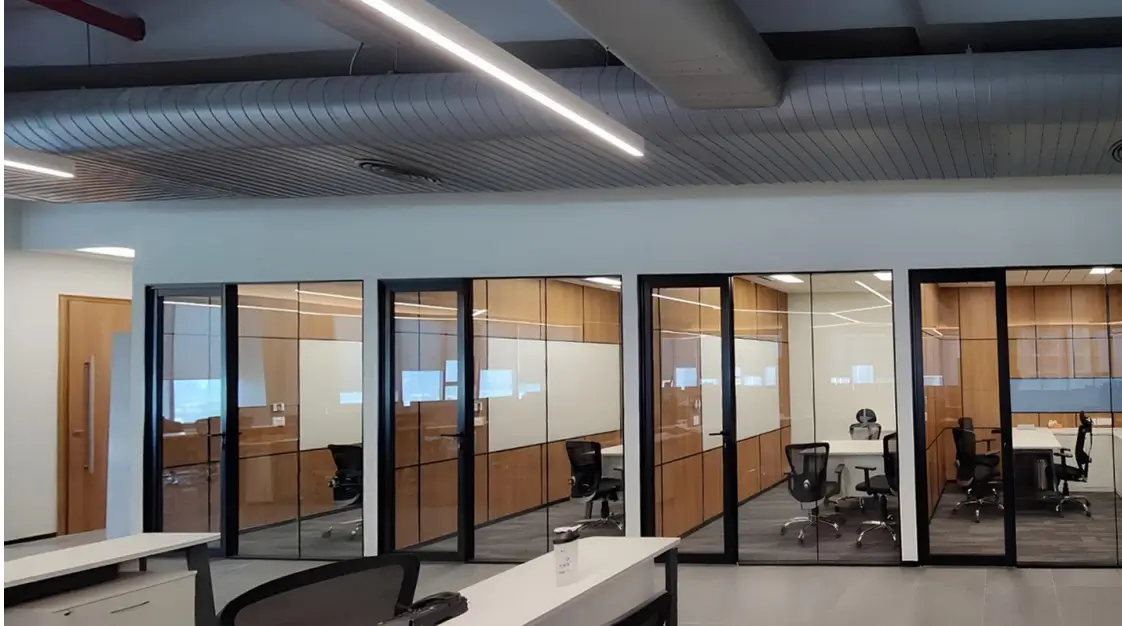
Shifting from Individual Workspaces to Shared Environments
People still need spots to focus, but most offices today blend private nooks with shared zones. The goal? Build a space where spontaneous conversations and planned meetings can happen without clashing.
Core Principles of Collaborative Workplace Design
Flexibility and Adaptability
One size doesn’t fit all. Desks on wheels, movable partitions, and convertible meeting areas let you tweak your space on the fly.
Inclusivity and Accessibility
Everyone should feel welcome. Think about wheelchair access, adjustable chairs, and clear signages. It’s about comfort, not just compliance.
Technology Integration
From smart boards to Zoom-friendly setups, tech is the glue of collaboration. If your gear doesn’t support team communication, it’s holding you back.
Understanding the Different Types of Collaborative Spaces
Conference Rooms: The Traditional Collaboration Hub
Still essential for formal meetings, these rooms should be sleek, tech-equipped, and comfy. They’re the backbone of big-picture strategy discussions.
Huddle Spaces: The Agile Alternative
Think of these as your office’s Swiss Army knives—small, flexible, and perfect for quick brainstorms or impromptu sync-ups.
Open Collaboration Zones
These spaces foster creativity. Picture lounge-style seating with whiteboards and writable walls where ideas can flow freely.
Quiet Collaboration Pods
Not all teamwork is noisy. These semi-enclosed booths let you focus with a colleague without disturbing the entire floor.
Designing Effective Conference Rooms
Layout and Seating Arrangements
Avoid the boardroom trap where the boss always sits at the head. Go for circular or modular tables that promote equality and interaction.
Audio-Visual Setup for Seamless Communication
Cameras at eye level, noise-canceling mics, and large screens—these are must-haves for hybrid teams.
Lighting and Acoustics Matter More Than You Think
Soft lighting and acoustic panels make a big difference. You don’t want a room that echoes like a cave or blinds people with harsh fluorescents.
Crafting Productive Huddle Spaces
What Makes Huddle Spaces Different
They’re compact but powerful. Designed for 2-5 people, they help teams sync without booking a massive room.
Location and Accessibility
Stick them in work zones or main pathways—out of the way but easy to find.
Furniture and Design Elements
Think cozy: bean bags, small round tables, and wall-mounted displays. Keep it relaxed but functional.
Looking for tailored workspace design solutions that blend comfort with productivity? Check out Orange Offices’ Workspace design solutions that are built for collaboration.
Incorporating Breakout Zones and Social Areas
Informal Collaboration in Common Areas
Not every great idea comes during a meeting. Lounge spaces with comfy seating can spark casual convos that lead to genius solutions.
Coffee Corners That Spark Innovation
Who knew coffee machines could fuel more than caffeine? Add high tables and stools around your café area for informal catch-ups.
Discover how Steelcase’s workplace research supports the importance of informal zones in fostering creativity.

The Role of Technology in Collaborative Workspaces
Tools That Bring People Together (Physically and Virtually)
Think Slack on the screen, Trello on the wall, and seamless video calls. Your tech should enable real-time collaboration no matter where folks are.
Smart Boards, Cloud Platforms, and Wireless Connectivity
No more USB fumbling. With wireless screen sharing, shared cloud drives, and touchscreen boards, your space should work as fast as your team does.
Want an office that’s fully equipped with tech-forward collaborative zones? Visit orangeoffices.in for solutions that combine smart design with powerful tools.
Balancing Collaboration and Privacy
Soundproof Booths for Focused Team Discussions
You need both buzz and quiet. Add a few soundproof rooms where people can huddle without shouting or eavesdropping.
Zoning Strategies for Different Work Modes
Use colors, rugs, partitions, and lighting to signal the purpose of different zones—some loud, some silent, all intentional.
The Psychology of Space: Encouraging Participation and Creativity
How Colors, Textures, and Materials Influence Mood
Blues calm. Yellows energize. Soft textures invite touch. These little things add up to big changes in how people feel and think.
Biophilic Design: Bringing Nature Into Workspaces
Plants aren’t just pretty. They reduce stress and increase creativity. Natural light and greenery are essential collaborators in your space.
Explore more on biophilic design benefits at Work Design Magazine.
Sustainability in Collaborative Space Design
Eco-Friendly Materials and Energy Efficiency
LED lights, recycled carpets, bamboo desks—there are tons of green ways to design without sacrificing style.
Sustainable Furnishings That Support Health and Wellness
Ergonomic, toxin-free, and built to last. Good for the planet, good for your people.
Case Study: A Collaborative Office Makeover
Before and After Transformation
A financial firm swapped cubicles for huddle rooms, breakout lounges, and hybrid-friendly setups. Employee engagement shot up.
Real Results from Real Companies
One startup boosted productivity by 35% after revamping their office layout. Turns out, good vibes do mean better work.
Common Mistakes to Avoid in Designing Collaborative Spaces
Overcrowding or Underutilizing Areas
Don’t shove too many people into a space—or leave great zones to gather dust. Use analytics and feedback to strike the balance.
Ignoring Employee Feedback
Your team knows what they need. Involve them early. It’s their workspace too.
Customizing Collaborative Spaces to Match Your Culture
Aligning Design with Company Values and Brand
A creative agency might lean into bold colors and funky furniture. A law firm? Sleek and minimal. Let your brand guide your space.
Designing for Hybrid and Remote Teams
Include spaces that support video calls and remote participation. Don’t let anyone feel left out, even if they’re working from home.
Future Trends in Workplace Collaboration Design
AI and Automation in Space Planning
Smart sensors that track room usage and suggest changes? Yep, it’s happening. Expect more AI in the mix.
VR-Enabled Collaboration Rooms
Virtual brainstorming sessions in 3D environments? The future of team meetings might look more like a video game—and that’s not a bad thing.
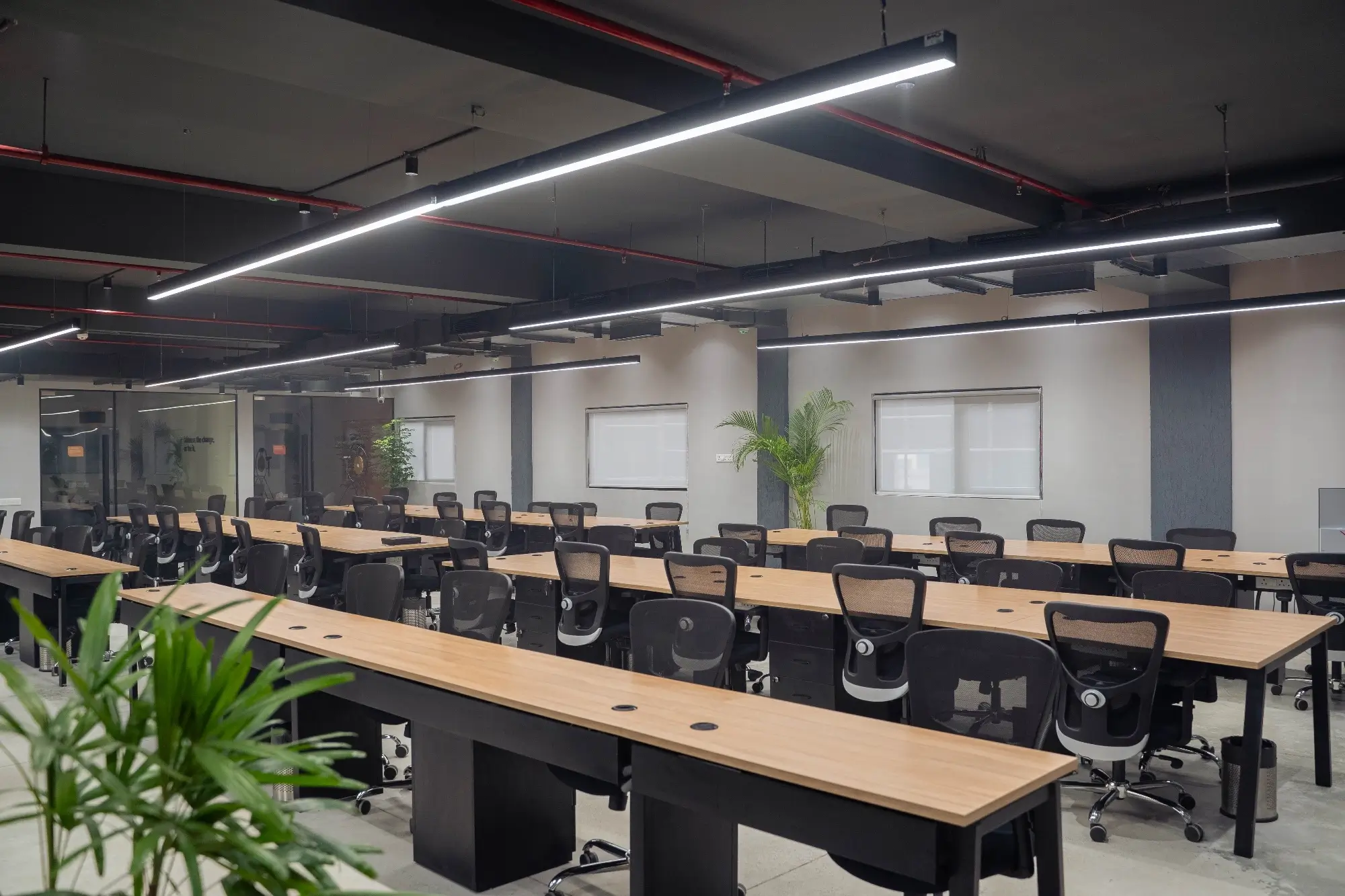
Conclusion
Designing a collaborative workplace isn’t about throwing in a few bean bags and calling it a day. It’s about being intentional—creating zones that support every kind of teamwork, from intense strategy sessions to casual coffee convos. When people feel connected, supported, and inspired by their space, magic happens. It’s not just a workplace. It’s a collaboration playground.
FAQs
A huddle space typically accommodates 2–5 people and should be compact, cozy, and tech-ready.
Use high-quality AV equipment, cameras at eye level, and tools like Zoom Rooms or Microsoft Teams Rooms for smooth integration.
Huddle rooms are small, semi-private meeting spaces, while breakout areas are informal zones for relaxed, often spontaneous conversations.
Yes! When designed well, they encourage faster communication, better idea exchange, and stronger team bonds.
Track usage patterns, gather employee feedback, and monitor collaboration outcomes. If people want to use the space, you’re doing it right.
